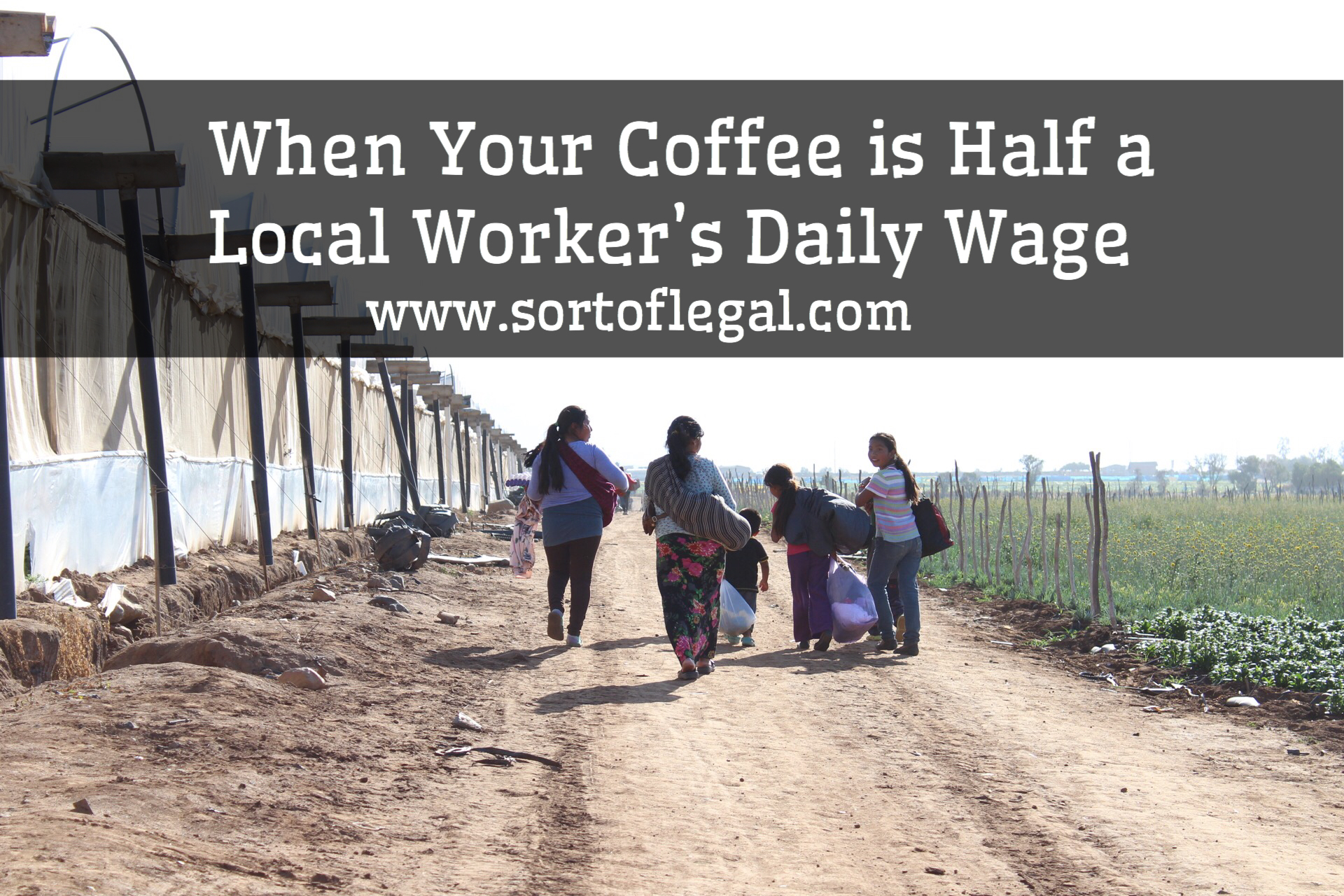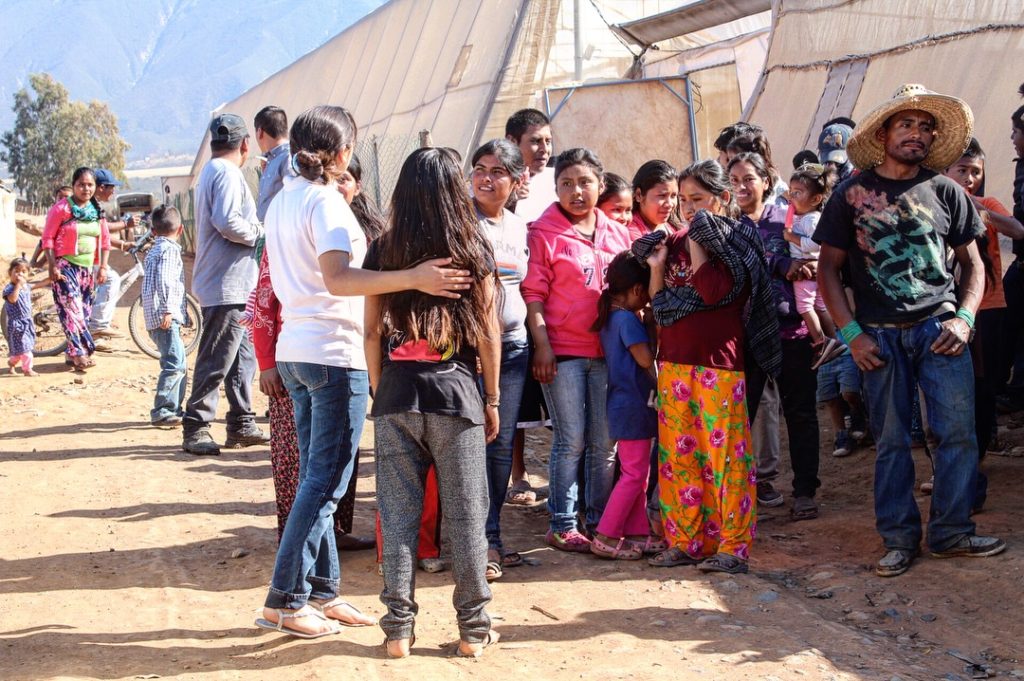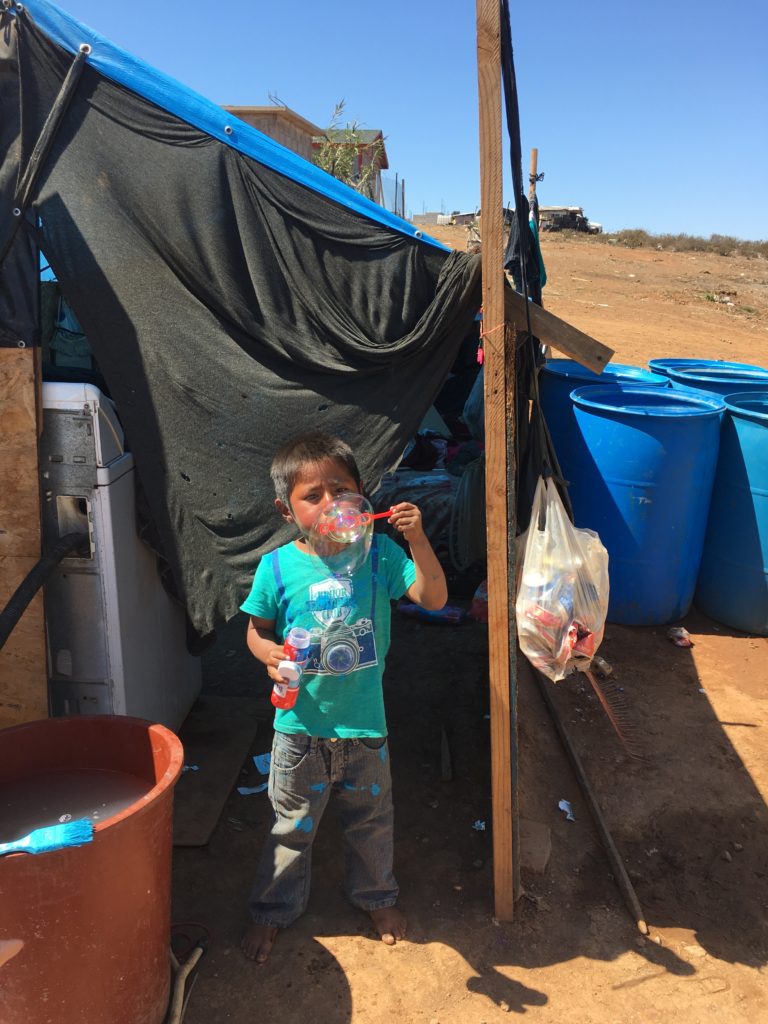
When Your Coffee is Half a Local Worker’s Daily Wage
I’m sitting in Zumbar, a coffee shop in Cardiff by the Sea, California, drinking a $4-ish mocha and trying to process the past few days building a house for a family in Maneadero, Mexico just south of Ensenada with Baja Bound. I find myself fixated on the price of the coffee. Not because it isn’t tasty, it is. But because of how little $4USD is to me. And how much it is to so many others.
If I lost $4, it would mean very little to me. I might think “oh, man!” and then would probably never think about it again. It would not impact on my life. I would still have a roof over my head, still have plenty of food, still have clean water, and still have plenty of household and hygiene supplies.
Yet, for the family we built a house for, the migrant farm workers we took supplies to, and the orphanage we visited during the voluntourism trip with Baja Bound, that same $4 is significant. It is half of the daily wage of many Mexican migrant farm workers who make an estimated $8 -12 USD per day (150 -231 Mexican Pesos [MXN]). PER DAY.
The low wages of migrant farm workers are not an anomaly in the country, or even the world. Recent estimates place the average daily wage for all workers in Mexico at $18USD per day (349 MXN). While cost of living is less in Mexico, it is not that much less. You can view a chart of the average cost of certain goods and products in Mexico gathered from informal data here and the results of a 10-year worldwide income study here.
I personally observed what a working wage gets you this past weekend, not much. The family that we built the house for, part of Mexico’s working poor, was previously living in a ramshackle self-constructed plywood and tarp room more akin to a child’s fort than what most of us would identify as a habitable structure. That is what they could afford.
The living conditions at the migrant farm camp were even more dismal. The desperation was palpable as families elbowed for items that most of us consider “give-aways,” things like 25 cent plastic figurine toys and visibly worn, out of date clothing. I’d seen similar situations on TV, in photographs, but in-person was a whole new level of heart-wrenching. I was not the only person whose eyes watered up. It’s involuntary. You don’t have to think about it because you instinctively feel that something is wrong with the situation.

Families lined up at migrant farm to accept donations of simple food, hygiene items, and used clothing.
There is something wrong with people who diligently work long days, often in physically demanding jobs that brutalize their bodies, not being able to afford to meet their family’s most basic needs, those at the bottom of Maslow’s hierarchy of needs – clean water, food, clothing, adequate shelter. There’s something wrong with children having to forego basic education to take care of younger siblings so their parents can work these types of jobs. There is something wrong with how large of a proportion of the world’s population that lives in these conditions.
Yet, we should not be crushed by the weight of this or allow it to overwhelm us into paralysis. Instead, we should remember that there is a flip-side to the disparity. That what is so little to us, whether time, money, or items, can be so much to someone else. There is no such thing as giving too little.
And giving can take many forms. This past weekend, we built a house for a family and provided some food and household supplies to others but we also interacted with the families – laughing, playing, hugging, and communicating (many of us through one-word Spanish and non-verbal cues). I can tell you without hesitation that it was not just the tangible things that mattered.


